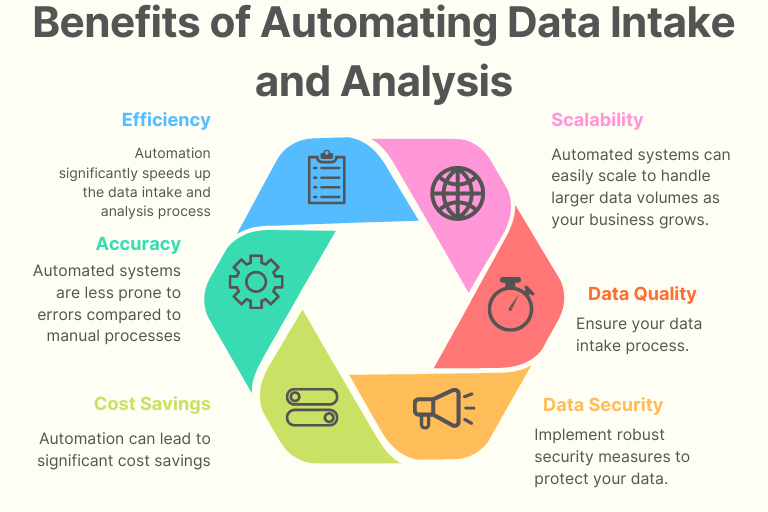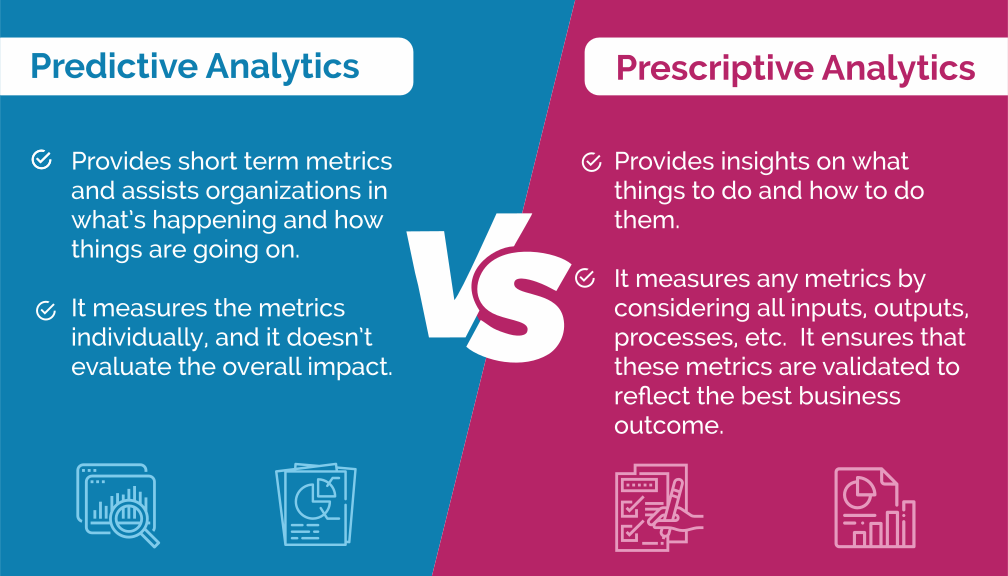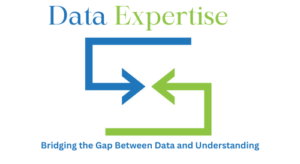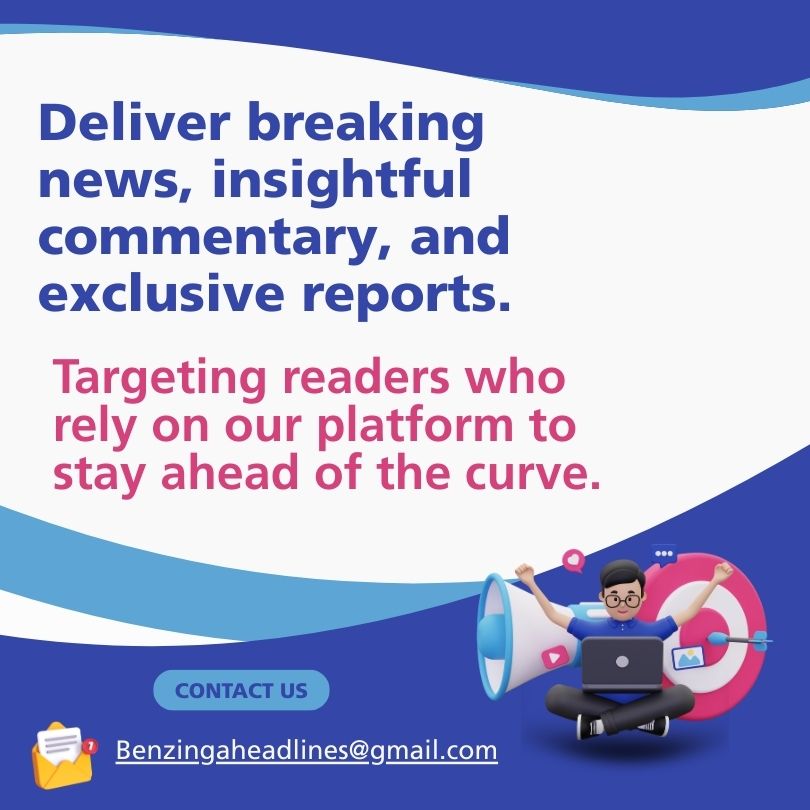Introduction
Welcome to our exploration of augmented analytics, a cutting-edge field where artificial intelligence (AI) and machine learning (ML) meet data analytics. This blog delves into how augmented analytics is transforming the way data professionals work, offering AI-powered insights that enhance data interpretation and decision-making.
- Focus on Augmented Analytics: The synergy of AI and data analytics.
- AI-Powered Insights: Revolutionizing data analysis.
Automated Data Preparation and Cleaning
Augmented analytics automates the time-consuming process of data preparation and cleaning, using AI to identify and correct errors, fill gaps, and ensure data quality.

The automation of data preparation and cleaning through augmented analytics not only saves time but also enhances the accuracy of the entire data analysis process. By leveraging AI, these systems can intelligently identify inconsistencies and anomalies that might be overlooked in manual processes. This level of automation is particularly crucial in industries like healthcare and finance, where data accuracy is directly linked to critical outcomes and decisions.
- Enhancing Efficiency: How automation speeds up data preparation.
- Real-world Example: Automated cleaning in large-scale data projects.
Advanced Pattern Detection and Analysis for Data Professionals
AI algorithms in augmented analytics can detect complex patterns and relationships in data that might be missed by traditional methods.
Augmented analytics leverages sophisticated AI algorithms to delve deeper into data, uncovering patterns that offer valuable business insights. This advanced pattern detection is invaluable in scenarios like customer behavior analysis, where subtle trends can indicate shifts in market dynamics. By identifying these patterns, businesses can make proactive decisions, staying ahead of market trends and customer needs.
- Uncovering Hidden Insights: The power of AI in pattern recognition.
- Case Study: Utilizing pattern detection in market trend analysis.
Natural Language Processing for Data Queries

Natural Language Processing (NLP) allows users to interact with data in conversational language, making data analytics more accessible and intuitive.
- Simplifying Data Interaction: The role of NLP in data queries.
- Application: Enhancing business intelligence with user-friendly analytics.
The integration of NLP in augmented analytics democratizes data analysis, allowing individuals without technical expertise to query and understand complex datasets. This approach is transforming business intelligence by enabling decision-makers to directly interact with data, ask intuitive questions, and receive insights in a format that’s easy to comprehend, thereby speeding up the decision-making process.
Predictive and Prescriptive Analytics

Augmented analytics extends beyond descriptive analytics to offer predictive insights about future trends and prescriptive advice on potential actions.
Predictive and prescriptive analytics in augmented analytics not only forecast future trends but also suggest actionable strategies. This dual capability is particularly beneficial in sectors like retail and logistics, where predicting future demand and optimizing inventory or supply chain strategies can significantly impact business efficiency and profitability.
- Forecasting the Future: AI in predictive analytics.
- Real-world Use: Prescriptive analytics in supply chain optimization.
Enhanced Data Visualization
AI-driven data visualization tools in augmented analytics provide dynamic and interactive ways to represent data, making it easier to digest and understand.
- Visualizing Complex Data: The evolution of data representation.
- Example: Interactive dashboards in financial reporting.
AI-driven data visualization in augmented analytics transforms raw data into compelling visual stories, making complex information accessible to a broader audience. These dynamic visualizations can adapt in real-time, offering interactive and personalized insights. This feature is especially useful in scenarios like real-time monitoring of operational data, where instant visual feedback is essential.
Conclusion
Augmented analytics represents a significant leap forward in the field of data analysis. By harnessing the power of AI, it offers data professionals unprecedented capabilities in data processing, analysis, and visualization. As this field continues to evolve, it will undoubtedly shape the future of data-driven decision-making.
- The Future of Data Analysis: The growing impact of augmented analytics.
- Empowering Data Professionals: How AI enhances data analysis skills.
In conclusion, augmented analytics is a transformative force in the realm of data analysis, bringing the power of AI to the fingertips of data professionals. As this technology continues to evolve, it promises to unlock even more sophisticated capabilities, making data analysis more intuitive, insightful, and impactful. The future of data analytics, powered by AI, holds exciting possibilities for businesses and organizations across various industries.




